Market Share
Fiber Drum Market Share Analysis
In the Fiber Drum market, effective market share positioning strategies are crucial for companies to gain a competitive advantage and expand their presence within the industry. One primary strategy employed by companies is product differentiation. By focusing on offering unique features and benefits in their fiber drums, such as enhanced durability, customization options, or eco-friendliness, companies can set themselves apart from competitors. This differentiation can be achieved through innovations in drum design, such as reinforced construction for increased strength or specialized linings for moisture resistance. By offering differentiated products that meet specific customer needs and preferences, companies can capture market share and strengthen their position in the fiber drum market.
Strategic partnerships and collaborations also play a significant role in market share positioning within the fiber drum market. Collaborating with suppliers of raw materials ensures a reliable supply chain and access to high-quality fibers at competitive prices, thereby enhancing production efficiency and cost-effectiveness. Partnerships with packaging distributors or logistics companies facilitate access to broader distribution networks and enable companies to reach new customers in different industries or geographic regions. Additionally, alliances with regulatory bodies or industry associations provide companies with valuable insights into market trends and regulatory requirements, helping them stay ahead of the competition and maintain compliance with industry standards. For the rising concerns for packaging solutions, renowned players have made better quality fiber drums. This increases the demand for the global fiber drum market. For transportation and storage of liquid products, it can be lined with different coatings or insoluble materials as silicon, polyethylene, or polyester.
Moreover, companies often employ market penetration strategies to increase their market share by targeting existing markets more aggressively. This could involve offering competitive pricing, launching promotional campaigns, or introducing product variants tailored to different customer segments or applications. By intensifying their efforts within established markets, companies can enhance brand visibility, attract new customers, and gain market share from competitors, thereby solidifying their position as leaders in the fiber drum market.
In addition to market penetration, companies may pursue market expansion strategies to enter new geographic regions or target new customer segments. This could involve establishing partnerships with local distributors or manufacturers, adapting products to meet the specific needs of different industries or applications, or investing in marketing and promotional activities to raise brand awareness in new markets. By diversifying their customer base and geographic presence, companies can mitigate risks associated with market fluctuations and capitalize on growth opportunities in untapped regions.
Investment in research and development (R&D) is another critical aspect of market share positioning strategies in the fiber drum market. Companies continuously invest in R&D to innovate and develop new products that address evolving customer needs and market trends. This could include advancements in drum design, materials technology, or manufacturing processes to improve product performance, durability, and sustainability. By staying at the forefront of innovation, companies can differentiate themselves from competitors, attract discerning customers, and maintain a competitive edge in the fiber drum market.
Furthermore, sustainability initiatives are increasingly becoming a focal point of market share positioning strategies in the fiber drum market. With growing environmental concerns, companies are under pressure to offer eco-friendly packaging solutions that minimize environmental impact. This could involve using recycled fibers, implementing energy-efficient manufacturing processes, or designing products for recyclability or biodegradability. By aligning their brand with sustainability values and offering environmentally responsible packaging options, companies can attract environmentally conscious customers, enhance brand reputation, and gain a competitive advantage in the market.

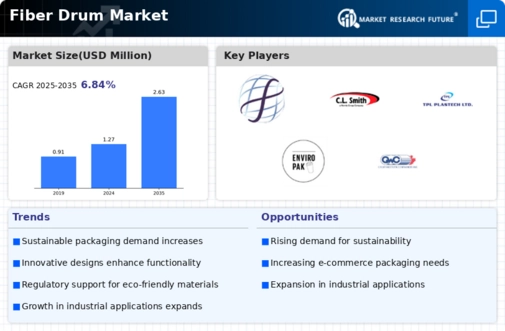
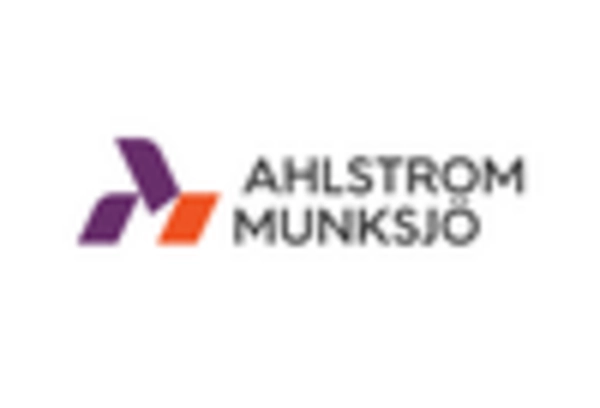
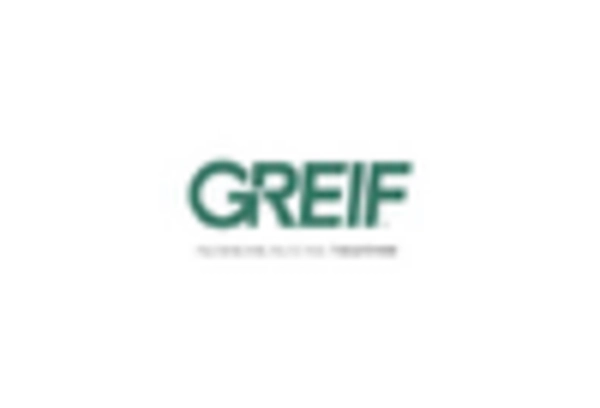
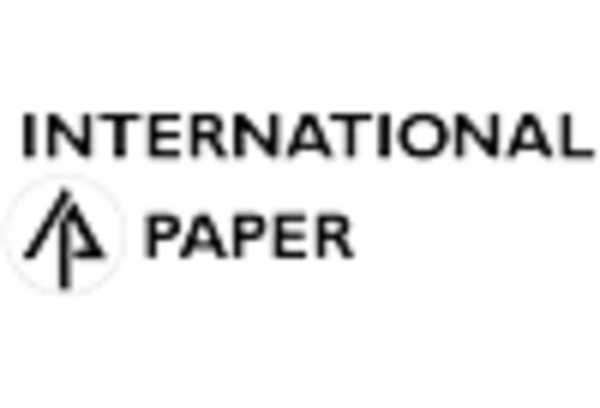

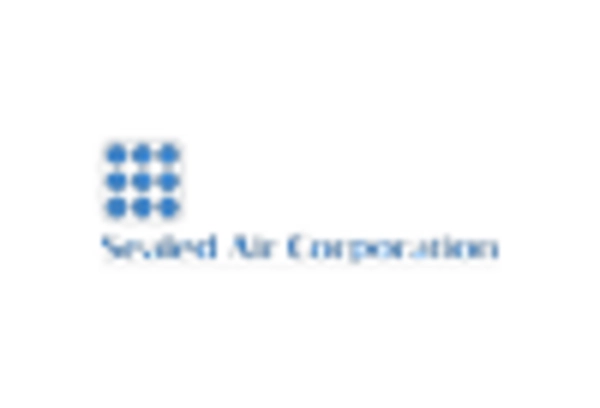
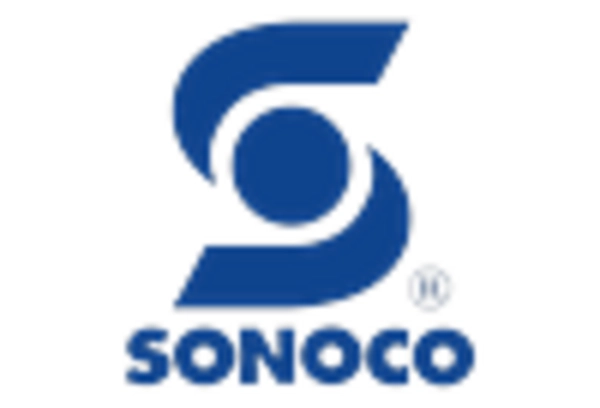









Leave a Comment